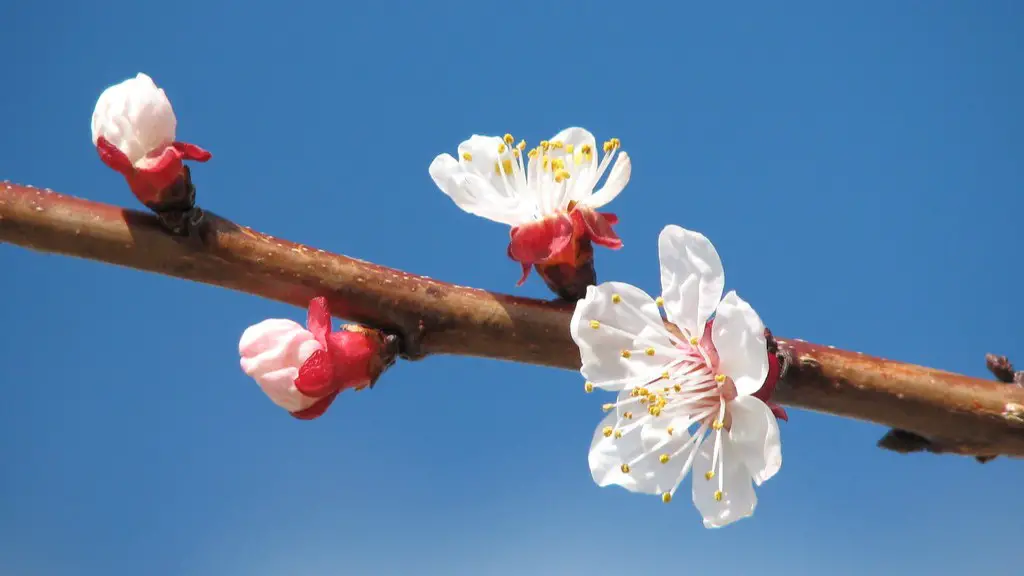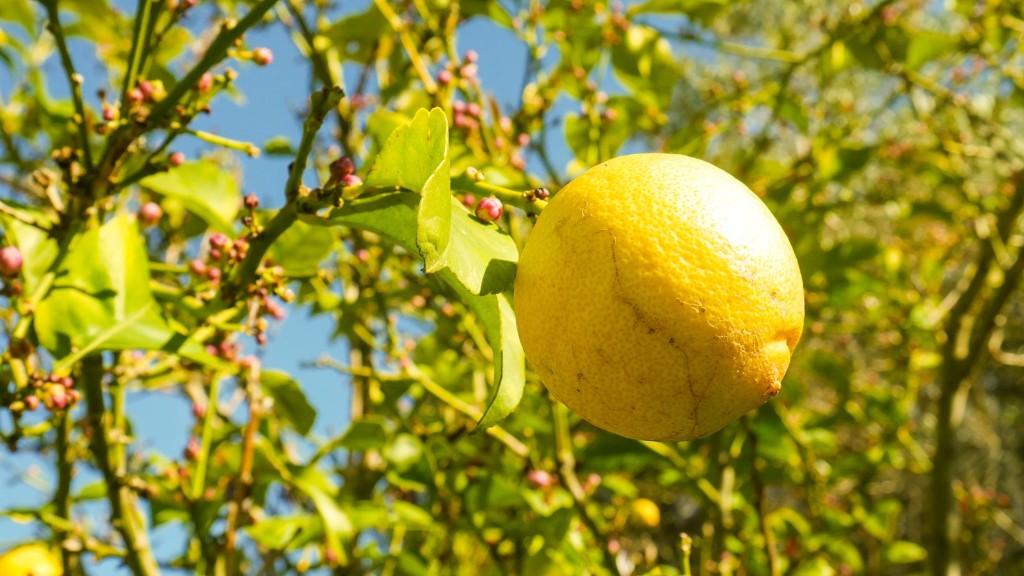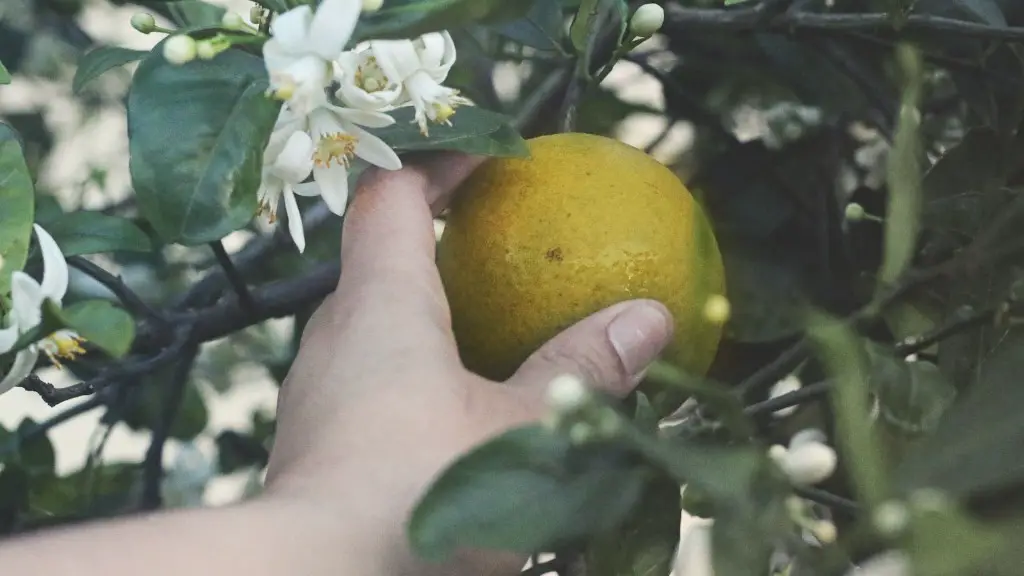With the right knowledge and care, growing a beautiful palm tree in a pot is possible. Whether you are looking to purchase a new palm-tree in a pot or want to move your existing one, there are certain things to take into consideration in order to ensure proper growth and flourishing. The type of soil, the right balance of water and heat and other environmental factors must be taken into account when it comes to planting a palm tree in a pot. It’s important to understand the facts about the specifics of potting a palm tree to give it the ideal environment for growth.
When selecting soil for the palm tree’s pot, it is important to select a potting soil that consists mostly of organic matter such as peat moss, coco coir, perlite, and well-aged compost. This type of soil allows for adequate drainage as well as providing the correct nutrients for the palm tree’s growth. Additionally, make sure to select a pot that is thick and heavy. These types of pots provide stability for the palm tree and ensure that it does not become top-heavy, which would cause the pot to tip over.
When it comes to watering a palm tree in a pot, it is important to understand that the frequency and amount of water must be monitored closely. The frequency will depend on the environment, the amount of sunlight and the type of plant. One way to determine if the palm tree needs water is to feel the soil. If it is dry, then it will be time to water the plant. When it does come time to water, be sure to provide your palm tree with plenty of water and allow the excess to drain away. It is important to not over-water since this can result in root-rot and other difficulties.
Additionally, it is important to remember that a palm tree in a pot requires just the right level of heat. This can be easily managed by placing the pot in an area that receives plenty of sunlight. Be sure to avoid hot direct sun, as too much heat can cause the palm tree to wilt and even die. It is also important to remember that the soil in the pot should be kept consistently moist, as this will help increase the nutrients available to the palm tree.
Finally, it is important to select the right fertiliser for your palm tree. There are many fertilisers available for palm trees, but it is important to read the labels and select one which is suitable for the environment. As with other plants, it is important to apply the fertiliser in the correct quantities. Too much fertiliser can potentially do more harm than good, so be sure to follow the instructions closely.
Re-potting a Palm Tree
Re-potting a palm tree is an important process which must be done carefully and with precision. Re-potting must be done in the early spring months and it involves carefully removing the palm tree from its existing pot and transferring it to a larger pot. This new pot should be large enough to accommodate the growth of the palm tree, but not too large as to cause damage to its roots.
When re-potting, be sure to add new soil to the new pot and to work carefully to avoid damaging the roots of the tree. Additionally, it is important to use a potting mix that is enriched with organic matter such as peat moss, coco coir, perlite and well-aged compost. This will help to provide the necessary nutrients for the palm tree.
Once the tree is in the new pot, it is important to water it regularly and to ensure that the soil is kept consistently moist. If the soil in the pot is too dry, it can cause the palm tree to suffer from too much stress and potentially die. Additionally, it is important to fertilise the palm tree when re-potting to ensure that the necessary nutrients are available for its growth and development.
Caring for a Palm Tree in the Winter
When it comes to caring for a palm tree in the winter months, it is important to keep in mind that this type of plant requires less water during this period. As the temperatures start to drop and the days become shorter, the rate of photosynthesis slows down and this, in turn, reduces the amount of water required by the tree. As such, it is important to provide the right amount of water and to avoid over-watering.
Additionally, it is important to provide the tree with protection from the cold and frost. The best way to do this is to cover the plant with a blanket or tarp in the event of a cold snap. The plant should also be shielded from winds which can dry out the soil and cause damage to the tree.
Be sure to keep an eye out for pests and diseases, as this can greatly impact the health of the palm tree. Remove any dead or damaged fronds and clean the plant to ensure that it is not harbouring any pests. It is also important to inspect the root system on occasion to ensure that there are no signs of disease or rot.
Additional Considerations for a Palm Tree in a Pot
In addition to the above-mentioned factors, there are a few additional considerations which must be taken into account when it comes to caring for a palm tree in a pot. Firstly, be sure to monitor the soil level, making sure that it remains below the lip of the pot and that there is no stagnation of water. This can lead to the growth of pests and the spread of diseases.
Secondly, it is important to provide adequate drainage when it comes to potting a palm tree. This can be easily managed by making sure that the pot has at least two or three drainage holes in the bottom. Additionally, it is also important to provide adequate airflow to the palm tree in order to prevent the growth of rot and fungi.
Finally, it is important to prune the plant on occasion. This will help promote new growth, keep the tree looking neat and tidy and also encourage better air circulation. Be sure to use sharp, clean shears and avoid pruning too much of the plant at once.
Fertilising a Palm Tree in a Pot
Fertilising a palm tree in a pot is an important part of proper growth and development. It is important to select the right fertiliser for the job and to apply it in the correct amount. The type of fertiliser used should be specifically designed for palms and should contain an appropriate balance of macro and micronutrients.
It is important to fertilise the plant once per month during the growing season and to apply the fertiliser at the correct rate, as over-fertilising can have serious repercussions for the tree. Additionally, be sure to keep the palm tree away from areas where fertiliser residue may drift, as this can damage the foliage of the tree.
It is also important to remember that the pH level of the soil should be monitored throughout the process, as some fertilisers can impact on the pH level of the soil. Be sure to select organic fertilisers wherever possible and use them sparingly to avoid potential damage to the tree.
Pest Control for a Palm Tree in a Pot
It is important to keep a close eye out for pests and diseases when it comes to caring for a palm tree in a pot. Be sure to inspect the plant on a regular basis and to take immediate action if any signs of parasites or disease are noted. Common pests of palm trees in pots include spider mites and root-knot nematodes.
It is important to take a proactive approach when it comes to controlling pests in a pot and to use natural pesticides and pest control methods wherever possible. Additionally, be sure to choose a pesticide that is effective against the particular pest. For example, insecticidal soaps can be effective against spider mites, but should not be used on root-knot nematodes.
Finally, it is important to keep the pot and its surroundings clean and free of debris, as this can attract pests and help them to survive. Be sure to remove any dead or damaged leaves, empty the pot of all old soil and use a fungicide or pesticide to prevent the growth of disease.
Choosing the Right Pot Size
When it comes to potting a palm tree, it is important to choose the right pot size. The size of the pot should be in proportion to the size of the tree and must be able to support the tree’s weight without tipping over. When selecting a pot size, it is important to keep in mind that the tree will continue to grow and will require a larger pot in the future.
Additionally, it is important to select a pot that has sufficient drainage holes to ensure that the excess water can escape and prevent the roots from getting waterlogged. When re-potting a palm tree, it is important to move the plant up one size from the current pot and to add fresh soil and nutrients.
Finally, it is important to select a pot material that will provide the palm tree with adequate protection from the weather. For example, terracotta is better suited to warm climates, while plastic or glazed pottery is better suited to cold climates. Be sure to select a sturdy material which will allow for proper drainage and air circulation.





